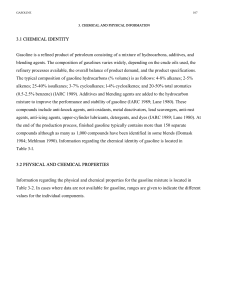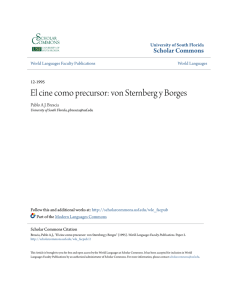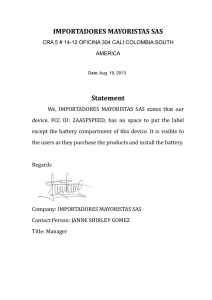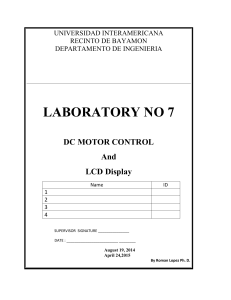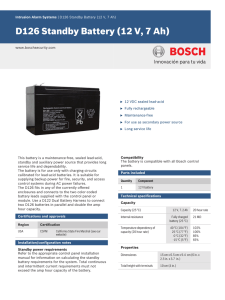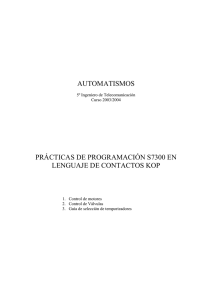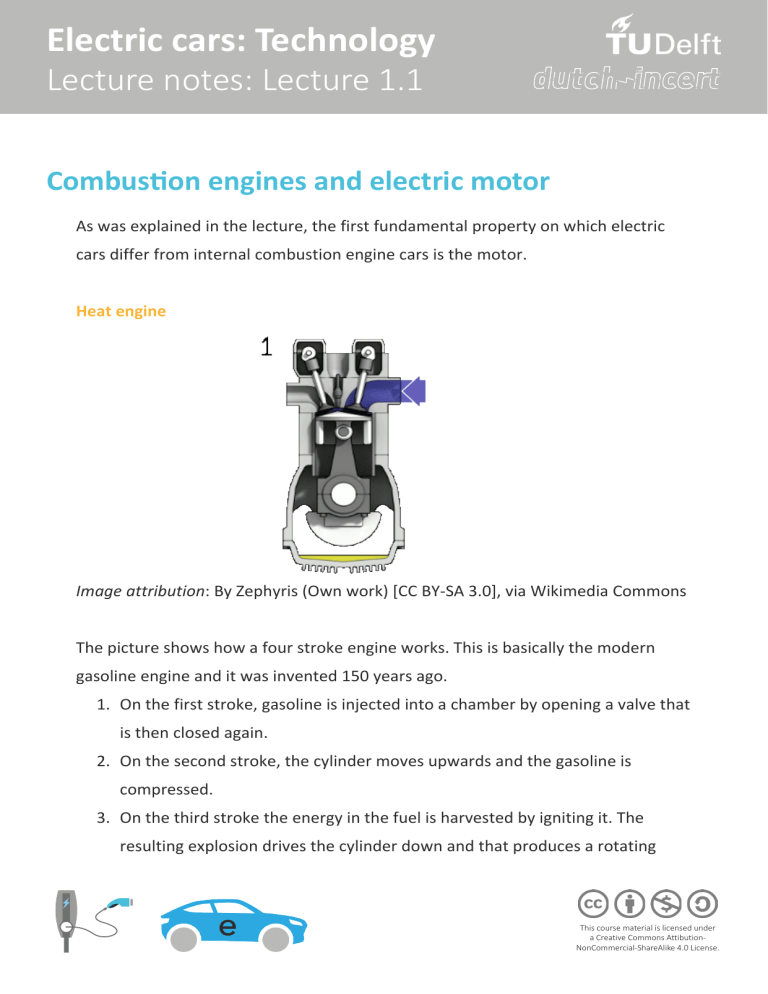
Electric cars: Technology Lecture notes: Lecture 1.1 Combustion engines and electric motor As was explained in the lecture, the first fundamental property on which electric cars differ from internal combustion engine cars is the motor. Heat engine Image attribution: By Zephyris (Own work) [CC BY-SA 3.0], via Wikimedia Commons The picture shows how a four stroke engine works. This is basically the modern gasoline engine and it was invented 150 years ago. 1. On the first stroke, gasoline is injected into a chamber by opening a valve that is then closed again. 2. On the second stroke, the cylinder moves upwards and the gasoline is compressed. 3. On the third stroke the energy in the fuel is harvested by igniting it. The resulting explosion drives the cylinder down and that produces a rotating 1 This course material is licensed under a Creative Commons AttibutionNonCommercial-ShareAlike 4.0 License. Electric cars: Technology Lecture notes: Lecture 1.1 motion. This is comparable to a bicycle, where pushing down the pedal moves the bicycle forwards. 4. On the fourth and final stroke, the energy burned is emitted. Electric motor Image attribution: By Lookang many thanks to Fu-Kwun Hwang and author of Easy Java Simulation = Francisco Esquembre (Own work) [CC BY-SA 3.0], via Wikimedia Commons The picture shows how a simple electric motor works: 1. We take a coil of wire and make electricity flow through it, so it creates its own magnetic field. It has become a magnet. 2. We place this magnetic coil between two magnets, so one side of the coil will be pushed up and the other side will be pushed down. 2 This course material is licensed under a Creative Commons AttibutionNonCommercial-ShareAlike 4.0 License. Electric cars: Technology Lecture notes: Lecture 1.1 3. This makes the coil turn until it is vertical. At that moment we quickly change the polarity. 4. The effect is rotary motion and what you are seeing here is a simplified direct current motor in action. Comparison of electric motor and heat engine Heat engine Electric Motor Electric motor is... 1-3 kW/kg 3-10 kW/kg 3x more powerful 0.4 kW/L 13.6 kW/L 40x smaller 5-30% efficient 93-96% efficient 3-20x more efficient Many moving parts One moving part Maintenance free Energy storage: Gasoline vs Batteries As explained in the lecture, the main reason why the electric car didn’t make it before was because of the size and weight of the battery that was needed. Back then fuel proved to be a far more efficient way of energy storage. But as you can see in the table below, battery technologies have developed to the point where size and weight are much less of an issue. 3 This course material is licensed under a Creative Commons AttibutionNonCommercial-ShareAlike 4.0 License. Electric cars: Technology Lecture notes: Lecture 1.1 Energy source Year Energy (Whr/kg) Compared to gasoline Gasoline 1900 - 20?? 12.000 - Lead-acid 1900 10 1.200x worse Lead-acid 2000 35 350x worse NiMH 2000 80 150x worse Lithium 2015 250 50x worse Lithium 2025 400 30x worse Lithium-air ??? 12.000 same If you simplify this table, you can easily compare how much weight you need to bring in your car to get 500 km extra range with each type of battery. Energy source Year Extra weight needed for 500 km (kg) Equals Lead-acid 1900 10.000 Elephant Lead-acid 2000 3.000 Rhinoceros NiMH 2000 800 Bison Lithium 2015 400 Gorilla Lithium 2025? 200 Pig 4 This course material is licensed under a Creative Commons AttibutionNonCommercial-ShareAlike 4.0 License. Electric cars: Technology Lecture notes: Lecture 1.1 Looking at these developments, the electric car will soon be lighter than the ICE car, if you take the weight of the drivetrain and the energy storage together into account. Further, as you can see from this graph from the research (“Rapidly falling costs of battery packs for electric vehicles” by Björn Nykvist and Mans Nilsson, Nature Climate Change, March 2015), battery prices are also swiftly plummeting, meaning that the electric car will soon also be cheaper. Image source: “Rapidly falling costs of battery packs for electric vehicles” by Björn Nykvist and Mans Nilsson, Nature Climate Change, March 2015. 5 This course material is licensed under a Creative Commons AttibutionNonCommercial-ShareAlike 4.0 License.
